| Programme annuel & rapport de suivi technique |
-
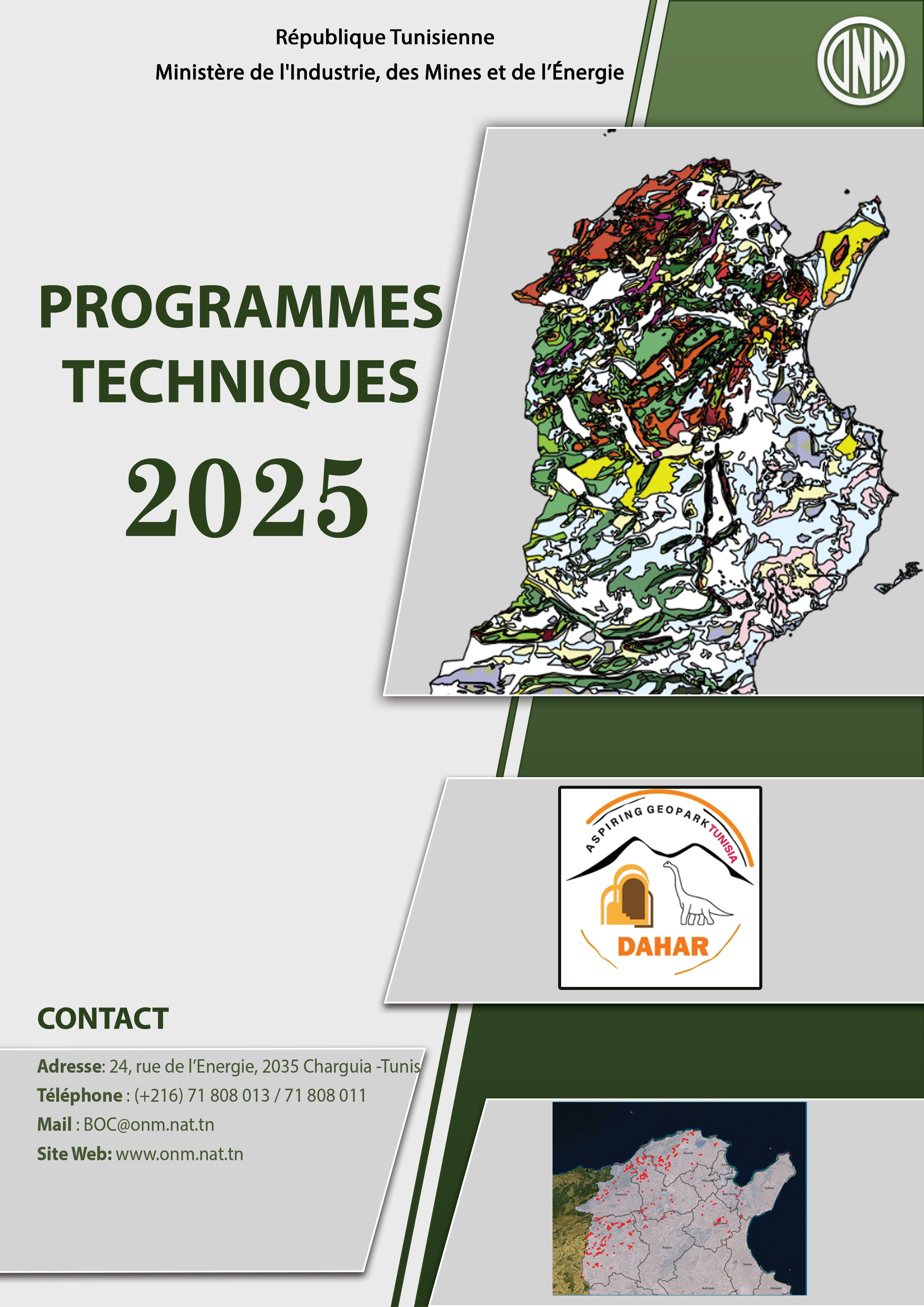
Programmes Techniques 2025
-
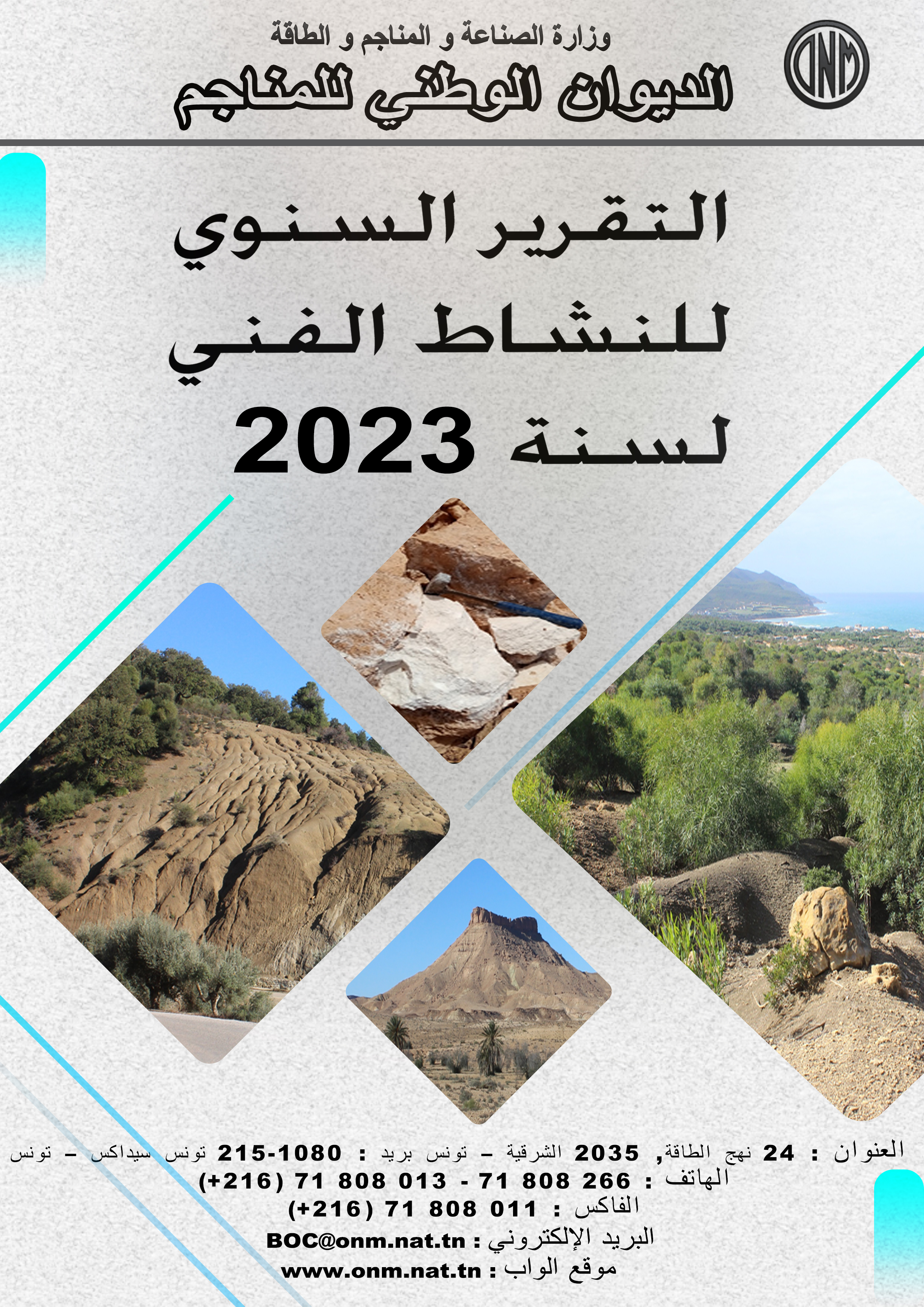
Rapport d'activités 2023
|
| Géocatalogue |
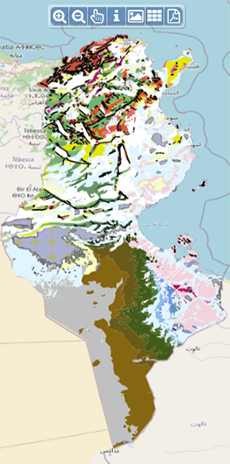
|
| Appels d'Offres |
-

DESIGNATION D’UN REVISEUR COMPTABLE POUR LES EXERCICES 2025-2026-2027
-
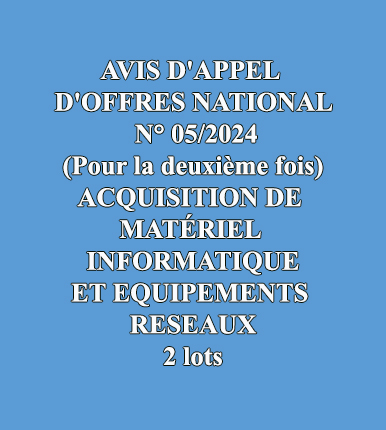
ACQUISITION DE MATERIEL INFORMATIQUE ET EQUIPEMENTS RESEAUX
|
|
Investir en Tunisie |
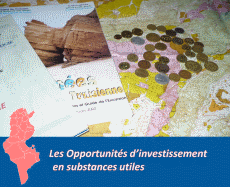
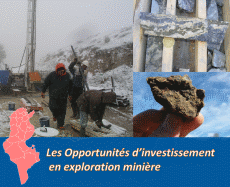
|
|
|
|
|
::
Documentation and Editions
>>
Research library
|
| |
|
[
Search by author
]
[
Search keyword
]
[
Search by index
]
[
Search by category
]
|
title of the reference :
|
The Campanian-Maastrichtian boundary in the El Kef section, Tunisia.
|
|
Publication Date:
|
1989
|
|
Author :
|
Salaj Jozef, Wiedmann Jost
|
|
Catalogue type :
|
Livre
|
|
Catalogue reference :
|
The Campanian-Maastrichtian boundary in the El Kef section, Tunisia. " The Campanian-Maastrichtian boundary can now be traced in the El Kef section, Tunisia. Due to the presence of Pseudokossmaticeras brandti (REDTENBACHER)in the upper portion of the ""marly alternation"" between the two ""barres calaires d'Abiod"", this part of the section has to be regarded as the base of the Maastrichtian. 160 m below this point, the top of the first ""barre calcaire d'Abiod"" contains Bostrychoceras polyplocum (ROEMER), and is thus late Campanian in age.Therefore, most of the ""marly alternation"" is considered to belong to the Campanian also, despite the fact that only its lowermost portion has been found to contain Globotruncanita calcarata spp. The middle portion is regarded as belonging to the Zone of Globotruncana stephensoni and is also of late Campanian age. For the uppermost portion of the ""marly alternation"" and the second ""barre calcaire d'Abiod"", the Zone of Archaeoglobitruncana kefiana has been proposed. This zone may correlate with the Zone of Pseudokossmaticeras brandti as proposed by WIEDMANN (1988). These lower Maastrichtian zones range up to the first appearance of Globotruncana falsostuarti SIGAL and Pachydiscus neubergicus (REDT.). Even if the uncommon globotruncanid sequence found in the El Kef section is only of ecological-regional value, the proposed Campanian-Maastrichtian boundary is of importance, since this section was proposed as a hypostratotype for the Campanian and Maastrichtian stages." IN : Cretaceous of the Western Tethys : Proceedings of of the 3rd International Cretaceous Symposium, T?bingen, 1987/ed. by J. WIEDMANN.- Stuttgart : Scheizerbart'sche Verlagsbuchhandlung, 1989
référ. bibliogr réunion ; faune ammonite ; faune céphalopode ; limite stratigraphique ; faune foraminifère ; paléoenvironnement ; paléobathymétrie ; subsidence ; taux sédimentation ; Desmoceratida ; biogéographie ; stratotype ; epibathyal ; hypostratotype ; Crétacé supérieur ; Maestrichtien ; Campanien ; Tunisie ; Tunisie Nord Occidentale ; Kef Wiedmann Jost Salaj Jozef Stratigraphie
|
|
Indexation decimale :
|
Stratigraphie
|
|
Keywords :
|
réunion ; faune ammonite ; faune céphalopode ; limite stratigraphique ; faune foraminifère ; paléoenvironnement ; paléobathymétrie ; subsidence ; taux sédimentation ; Desmoceratida ; biogéographie ; stratotype ; epibathyal ; hypostratotype ; Crétacé supérieur ; Maestrichtien ; Campanien ; Tunisie ; Tunisie Nord Occidentale ; Kef
|
|
Summary :
|
" The Campanian-Maastrichtian boundary can now be traced in the El Kef section, Tunisia. Due to the presence of Pseudokossmaticeras brandti (REDTENBACHER)in the upper portion of the ""marly alternation"" between the two ""barres calaires d'Abiod"", this part of the section has to be regarded as the base of the Maastrichtian. 160 m below this point, the top of the first ""barre calcaire d'Abiod"" contains Bostrychoceras polyplocum (ROEMER), and is thus late Campanian in age.Therefore, most of the ""marly alternation"" is considered to belong to the Campanian also, despite the fact that only its lowermost portion has been found to contain Globotruncanita calcarata spp. The middle portion is regarded as belonging to the Zone of Globotruncana stephensoni and is also of late Campanian age. For the uppermost portion of the ""marly alternation"" and the second ""barre calcaire d'Abiod"", the Zone of Archaeoglobitruncana kefiana has been proposed. This zone may correlate with the Zone of Pseudokossmaticeras brandti as proposed by WIEDMANN (1988). These lower Maastrichtian zones range up to the first appearance of Globotruncana falsostuarti SIGAL and Pachydiscus neubergicus (REDT.). Even if the uncommon globotruncanid sequence found in the El Kef section is only of ecological-regional value, the proposed Campanian-Maastrichtian boundary is of importance, since this section was proposed as a hypostratotype for the Campanian and Maastrichtian stages."
|
|
Exemplaries :
|
TU1621
|
|
|
|
|
|
|
|



